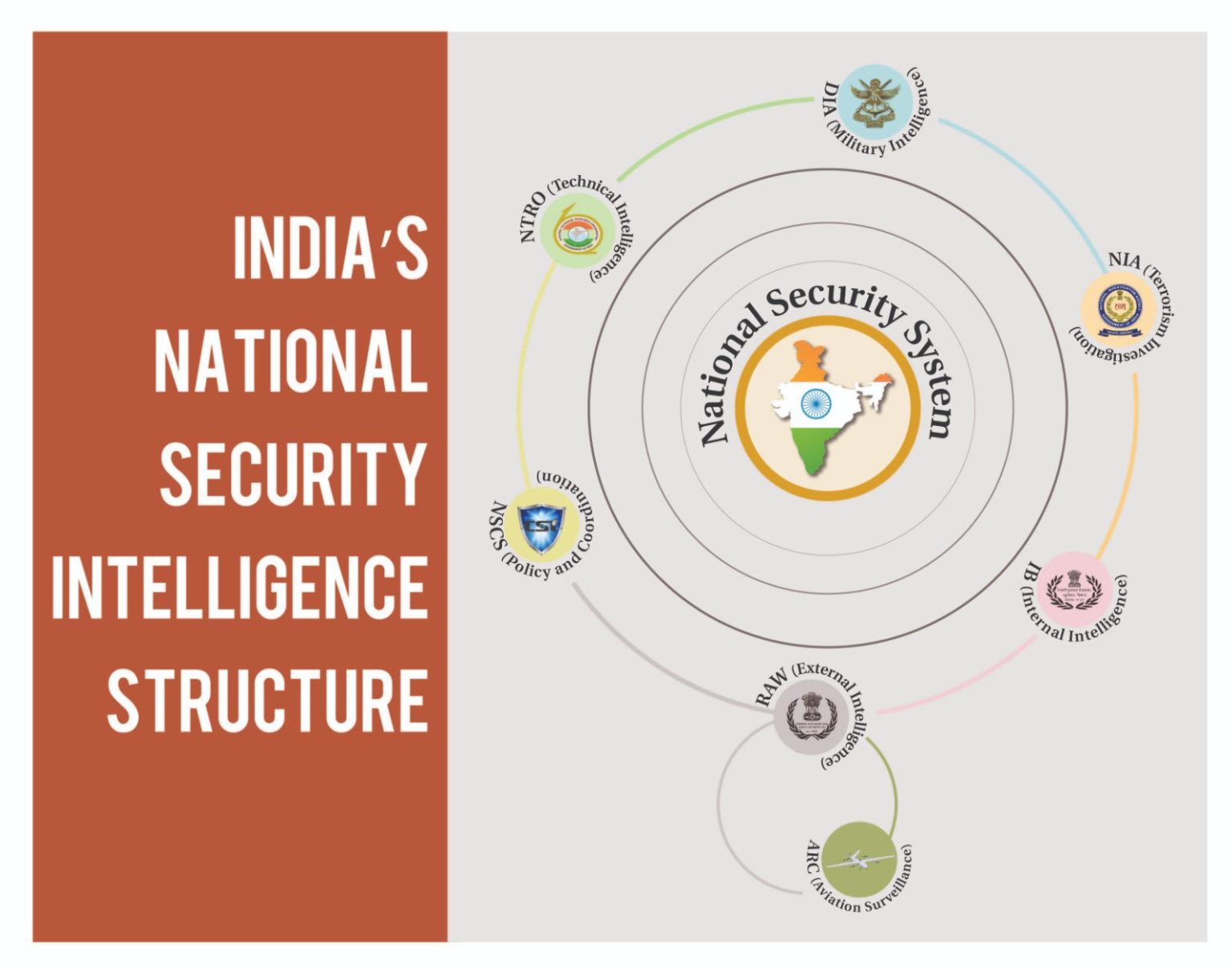Indian opposition leaders, including Congress’s Shashi Tharoor, Samajwadi Party’s Akhilesh Yadav, and AIMIM’s Asaduddin Owaisi, have blamed intelligence failures for the devastating Pahalgam attack that killed 26 people and sharply escalated tensions between India and Pakistan.
Security analysts and retired military leaders, notably former Indian Army Chief General (retd) Shankar Roychowdhury, echoed these concerns, questioning the role and effectiveness of India’s intelligence apparatus.
“The Pahalgam massacre raises serious questions about our military intelligence. There was likely a human intelligence failure — how else could terrorists reach Pahalgam and launch such an attack?” Roychowdhury told Indian media outlets.
He emphasised that while technical surveillance is important, actionable human intelligence remains the backbone of effective preemptive security.
At an all-party meeting, the Indian government tacitly admitted intelligence shortcomings, offering explanations that experts like Roychowdhury found inadequate.
Analysts warned that the Pahalgam incident exposed deeper systemic lapses, worsened by an overstretched intelligence focus driven by shifting regional dynamics.
Sources close to the security establishment suggest that following Bangladesh’s political transition in late 2024, with the formation of an interim government led by Muhammad Yunus, India’s intelligence priorities shifted.
The Yunus government’s closer alignment with Western powers and a measured distance from New Delhi reportedly prompted intensified operations by India’s Research and Analysis Wing (RAW) in Bangladesh.
This regional realignment, combined with escalating tensions in Myanmar’s Rakhine State, growing Chinese influence in Nepal and Sri Lanka, and political instability in the Maldives, stretched RAW’s resources thin — weakening domestic threat monitoring.
“RAW is now excessively absorbed in political missions abroad,” a former intelligence official warned anonymously. “If this continues at the expense of internal security, it will pose a national threat.”
India’s national security framework, consisting of RAW (external threats and geopolitics), IB (internal security and extremism monitoring), NIA (terror investigations), DIA (military intelligence), NTRO (electronic and cyber intelligence), and NSCS (policy coordination), is designed for seamless threat coverage.
In practice, however, turf wars, poor inter-agency communication, and strategic misalignments have often undermined this structure, leaving dangerous vulnerabilities.
The Pahalgam tragedy has also triggered political controversy. An FIR was filed at Bengaluru’s High Grounds Police Station against the BJP IT Cell over a social media post linking the terror attack to Congress leader Rahul Gandhi’s foreign trip.
The Karnataka Pradesh Congress Committee (KPCC) lodged the complaint, accusing the BJP of spreading misinformation and attempting to deflect attention from the government’s security failures.
The case has been registered under Sections 196 and 353(2) of the Bharatiya Nyaya Sanhita for spreading falsehoods and inciting enmity.
As political blame games intensify, the larger question remains: Can India recalibrate its intelligence priorities before another catastrophic security breach occurs?
Meanwhile, a section of Indian society — via social media and public discussions — has questioned whether Indian state machinery’s alleged negligence in security arrangements at a sensitive location like Pahalgam amounted to a provocative invitation for such an attack.
While the government has firmly dismissed such suggestions as “totally rubbish,” officials admitted that some security apparatus had been withdrawn for “practical reasons” and that new arrangements were underway for the next tourist season.


